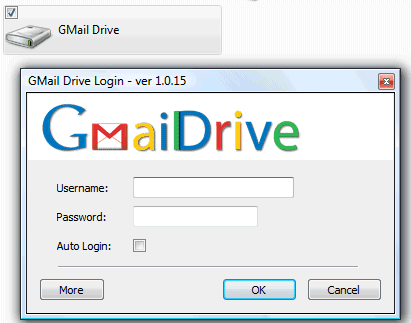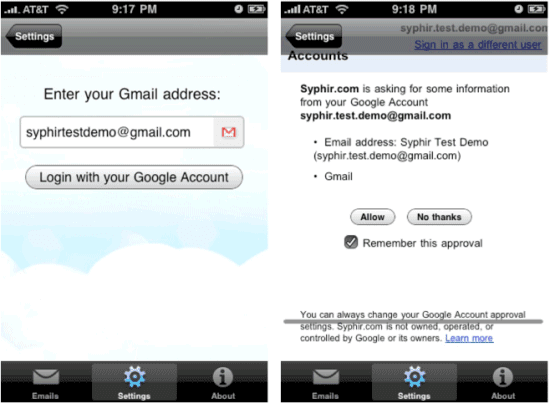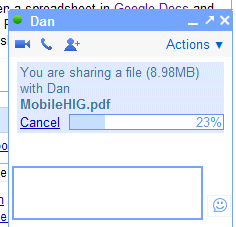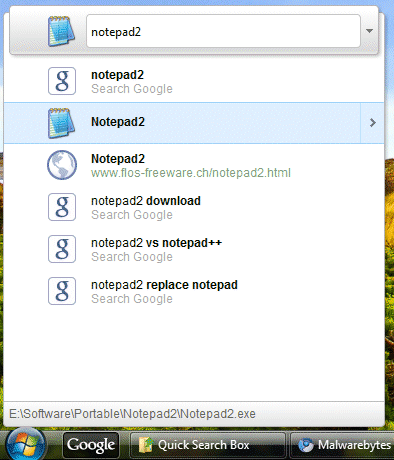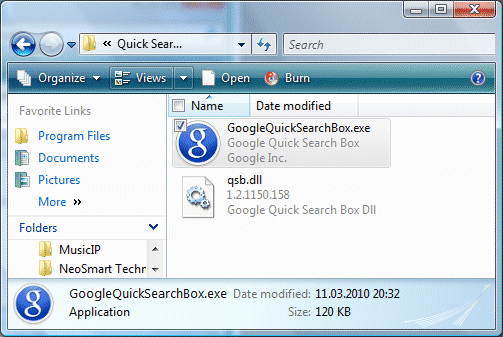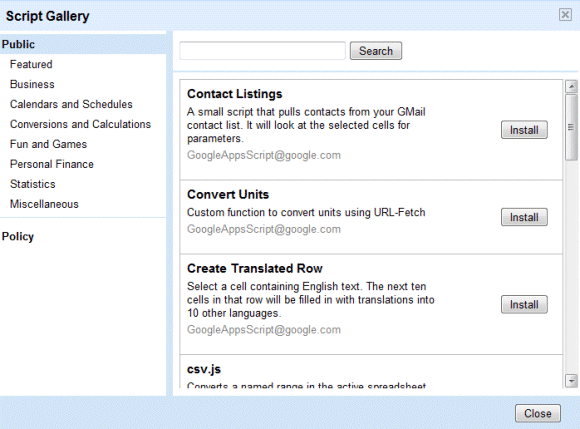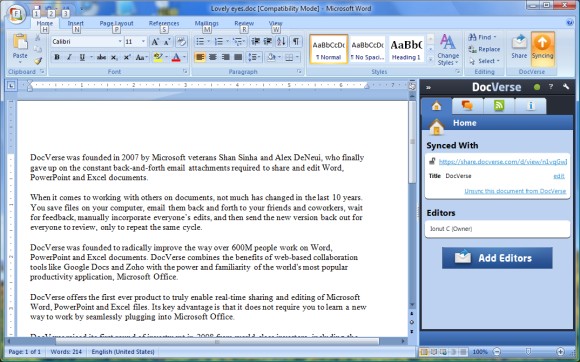Google Japan developed a special version of Google Voice Search for animals. Unfortunately, Google Translate is not very helpful:
"For this animal, the dog still, cats, pigeons are just the future, cows and horses, hamsters, frogs, and plans to expand into. Voice Search a variety of potential animal, you try all means, exchange'd appreciate help with animals. Google's mission is to organize the world's information and make it universally accessible and useful to the people around the world. You are also feeling the animal to be able to access, will continue to continue research, and Nakajima are saying."
There's also Google Translate for Animals, a new Android application that "allows you to record animals sounds and have the sounds analyzed and translated by Google Translate into any of the 52 supported languages".
Google Australia is now able to "Optimise for Colloquial Cultural Articulation (OCCA) - which means our products can now be tailored specifically for the typical Strayan user. (...) OCCA greatly reduces the latency between a user's thought and ability to pinpoint information; a boon for local users who'd have Buckleys makin' sense of American English."

Google Street View is now available in 3D, but you need to click on an icon to go 3D:

Google decided to change its name to Topeka, the US city that intends to change its name to Google.

Google's search results pages use some interesting units of measurements to estimate how long it took Google to obtain the results: Plunk, gigawatts, warp, centibeats, skidoo, femtogalactic years, velocity of an unladen swallow.

YouTube has a new text-only mode: TEXTp. "It's great news that there are 24 hours of video uploaded to YouTube every minute, we support 1080p and HD uploads are rising quickly, but that's also meant increasing bandwidth costs cutting into our bottom line. (...) TEXTp is the result of months of intense transcoding efforts by our engineers, who toiled for weeks to ensure that a large chunk of videos on the platform could be reduced to their most basic elements. By replacing the images in the video with a series of letters and numbers, the videos are far less taxing on our system -- and have the added benefit of promoting literacy!"
You can try the new mode by appending &textp=fool to YouTube URLs (like this).

Google Docs lets you store ANYTHING. "Ever wish you could CTRL+F your keys? Store your keys and other objects you commonly lose with Google and you'll never have to worry about finding them again. We're testing a new mail courier network integrated with our Street View fleet. We'll show up within 3 hours to pick up anything you choose to store in Google Docs, guaranteed. At $0.10 per kg, you can store a grand piano for the price of lunch."
Google Voice added a standard voicemail mode.
Standard Voicemail Mode brings your voicemail back to something reminiscent of 1997, with features like:
* Automatic voicemail deletion: messages will be deleted automatically after 14 days
* Numeric keypad access: access to voicemail will only be available via your phone
* Beeper interoperability: your beeper will be paged every time a voicemail is left
* Message maximums: store a maximum of 10 messages at any given time
* Numeric page: people leaving you voicemails will be given the option to send a numeric page
Google Mobile Search found a way to return better results for queries like "where am I". Try this query on your mobile phone and you'll find a lot of interesting results:

Gmail's login page no longer uses vowels and greets users with a short message: "Wlcm t Gml".




